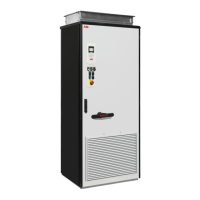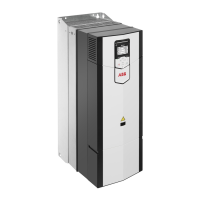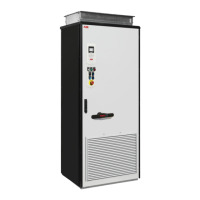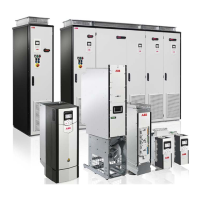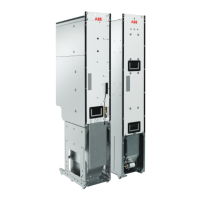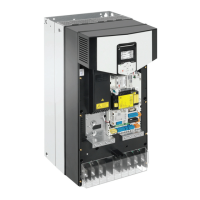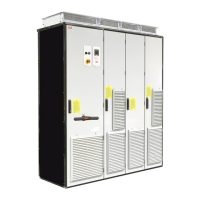44 Operation principle and hardware description
environmental temperature. The customer must switch the heating off when it is not
needed by cutting the supply voltage off.
The customer must supply the heater from an external 110…240 V AC power source.
See also
• Powering the heating and lighting equipment (options +G300, +G301 and +G313) on
page 103
• Auxiliary circuit power consumption on page 174
• circuit diagrams delivered with drive for the actual wiring.
Cabinet lighting (option +G301)
This option contains LED lighting fixtures in each cubicle and a 24 V DC power supply.
The lighting is powered from the same external 110…240 V AC power source as the
cabinet heater (option +G300).
Terminals for external interruptible control voltage (option +G307)
The option provides terminals for connecting external interruptible control voltage to the
control unit and control devices when the drive is not running.
See also
• Supplying power for the auxiliary circuits on page 83
• Connecting an auxiliary voltage supply (UPS, option +G307) on page 99
• circuit diagrams delivered with drive for the actual wiring.
Output for motor space heater (option +G313)
The option contains:
• load switch for providing electrical isolation during service
• miniature circuit breaker for overcurrent protection
• terminal block for external supply and heating element(s) connection
The heater is off when the drive is running. The customer controls the heating elements in
the motor windings on and off with the external supply. The power and voltage of the motor
heater depend on the motor.
See also
• Supplying power for the auxiliary circuits on page 83
• Powering the heating and lighting equipment (options +G300, +G301 and +G313) on
page 103
• circuit diagrams delivered with drive for the actual wiring.
Ready/Run/Fault lights (options +G327…G329)
These options provide “ready” (+G327, white), “run” (+G328, green) and “fault” (+G329,
red) lights installed on the cabinet door.
Halogen-free materials and wiring (option G330)
The option provides halogen-free cable ducts, control wires and wire sleeves, thus
reducing toxic fire gases.
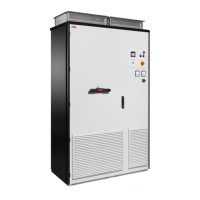
